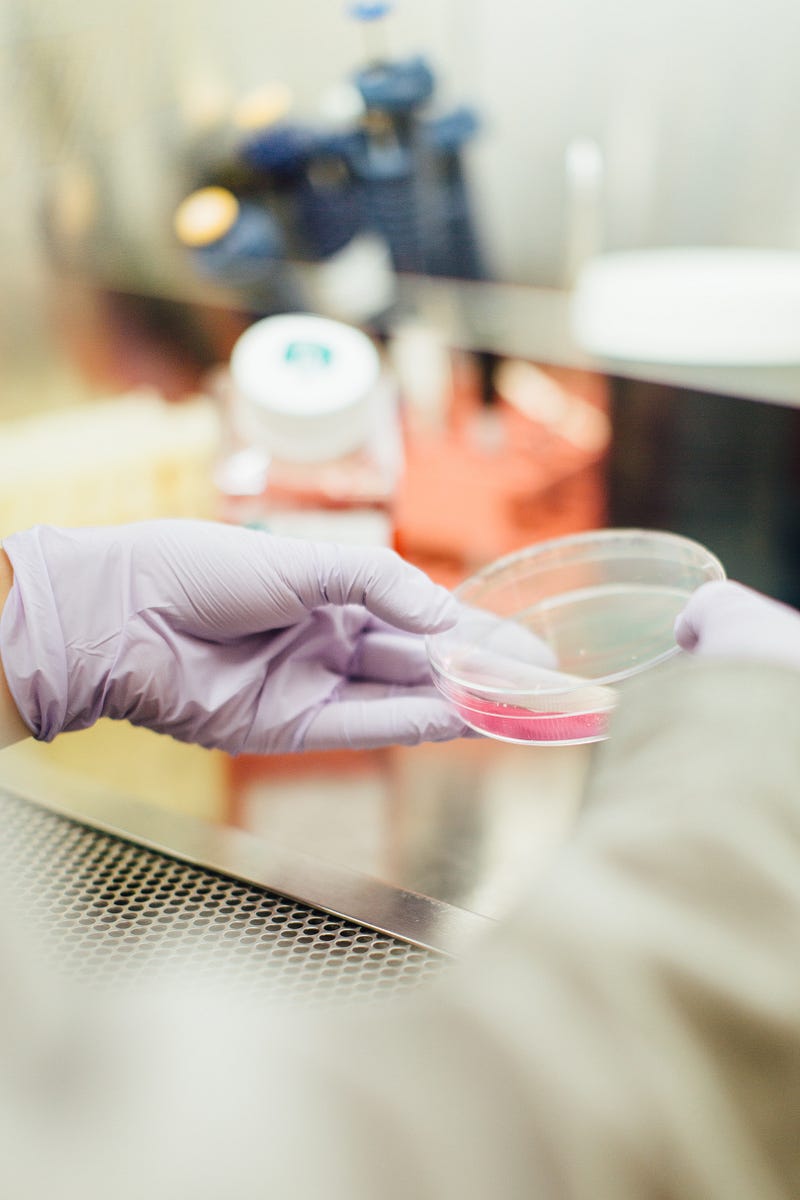# Innovative Lab Models for Understanding SIBO and IBD
Written on
Chapter 1: The Intersection of Biology and Engineering
The remarkable strides made in merging biology with engineering are truly noteworthy. Recent advancements have enabled the integration of gut microbiota, immune cells, intestinal epithelial cells, and mechanical dynamics within a lab context, providing an accurate model of the intestine and related ailments such as inflammatory bowel disease (IBD) and small intestine bacterial overgrowth (SIBO).
Most insights into IBD and SIBO have stemmed from research utilizing patient data, biological samples, and animal studies. While these methods have offered a foundational understanding, the intricate details necessary for developing effective treatments have often remained just out of reach. However, innovative technologies like the gut-on-a-chip are paving the way for researchers to explore how specific components, such as pro-inflammatory signals, contribute to dysbiosis and disease progression.
Section 1.1: Understanding the Gut-on-a-Chip Technology
The gut-on-a-chip concept emerged from a recent drive to create organs-on-chips. The aim was to replicate the functionality of various organs within small microfluidic devices, ultimately connecting these devices to reflect the interactions between different organs in the body. In creating the gut-on-a-chip, scientists successfully integrated numerous elements of the human gut, including gut microbiota, immune cells, and the natural peristaltic movements. This comprehensive setup allowed researchers like Drs. James Collins and Donald Ingber to study how these components interact and what factors lead to bacterial overgrowth and inflammation.
Subsection 1.1.1: Observing Intestinal Inflammation

When probiotic bacteria were introduced to the gut-on-a-chip, the intestinal cells thrived, and bacterial overgrowth was prevented. In contrast, introducing a pathogenic strain of E. coli resulted in rapid overgrowth and destruction of the intestinal cell architecture, which can increase the permeability of the intestinal barrier, allowing more substances to enter the bloodstream. The addition of immune cells exacerbated the damage to these intestinal cells. A study involving twelve inflammatory factors identified IL-1β, IL-6, TNF-α, and particularly IL-8 as significant contributors to this damage. These factors initiated a feedback loop, attracting more immune cells and intensifying the inflammatory response against the harmful bacteria. Notably, IL-1β, IL-6, and TNF-α are known to be involved in conditions like Crohn’s disease and ulcerative colitis.
When the gut-on-a-chip incorporated both probiotic bacteria and immune cells alongside pathogenic E. coli, the immune response was activated, yet the damage to intestinal cells occurred at a delayed pace, suggesting a potential protective role of probiotics. Further research is needed to explore whether probiotics could serve as a treatment for early-stage ulcerative colitis.
Section 1.2: Investigating Bacterial Overgrowth
Researchers also utilized the gut-on-a-chip to model SIBO. By altering mechanical forces, they observed that the intestinal cells were overwhelmed by bacteria. Previous research indicated that slow transit of materials through the small intestine could lead to bacterial overgrowth, but findings from the Ingber group suggest that proper peristaltic movement and distortion of intestinal cells are crucial to preventing such overgrowth.
Chapter 2: Future Directions in Gut Research
This video discusses methods to enhance gut microbiome health for improved brain and overall well-being.
This video reviews complex clinical studies focusing on advanced SIBO and gastrointestinal testing.
The gut-on-a-chip technology clearly represents a significant advancement in studying conditions like SIBO and IBD. However, existing models have their limitations. Future iterations of the gut-on-a-chip aim to incorporate multiple types of intestinal cells, enhancing the accuracy of the model. One promising approach involves the use of induced pluripotent stem cells, as demonstrated by Dr. James Wells in his stomach-on-a-chip model.
Since both the gut-on-a-chip and stomach-on-a-chip innovations are relatively new, it may take some time before they yield further insights into gut health and associated diseases. We will continue to update you on the latest developments through the ETP blog.
For those interested in the scientific details, consider exploring the following scholarly articles:
- Kim HJ, Li H, Collins JJ, Ingber DE. Contributions of microbiome and mechanical deformation to intestinal bacterial overgrowth and inflammation in a human gut-on-a-chip. Proc Natl Acad Sci U S A. 2016 Jan 5;113(1):E7–15.
- Lee KK, McCauley HA, Broda TR, Kofron MJ, Wells JM, Hong CI. Human stomach-on-a-chip with luminal flow and peristaltic-like motility. Lab Chip. 2018 Oct 9;18(20):3079–3085.
Eats Treats and Parsnips, Inc. (ETP) simplifies dietary changes by offering healthy recipes, food coaching, and insights into the science of food and diet trends. For the latest updates, follow ETP on Medium and check out the ETP blog.